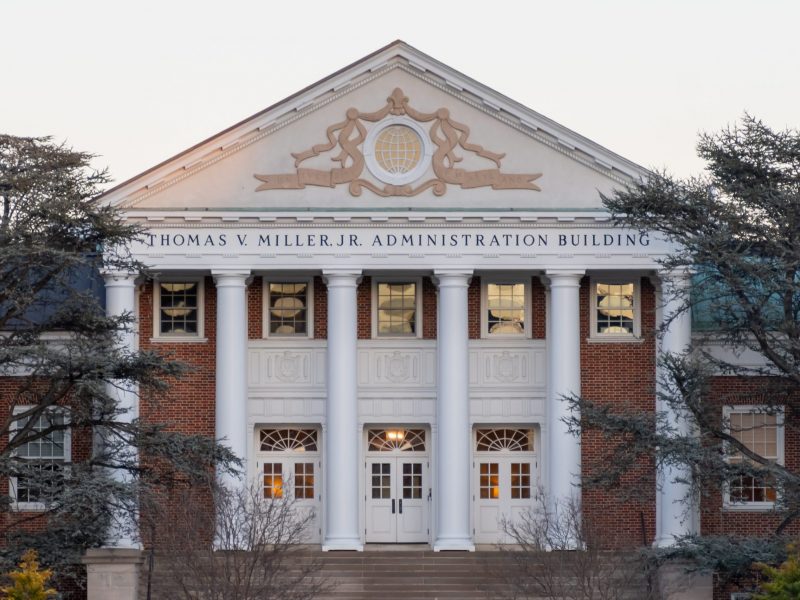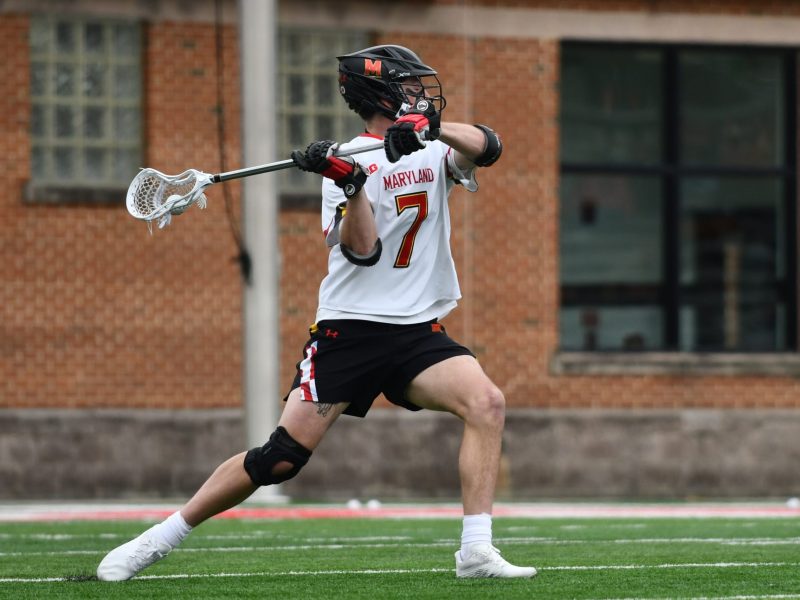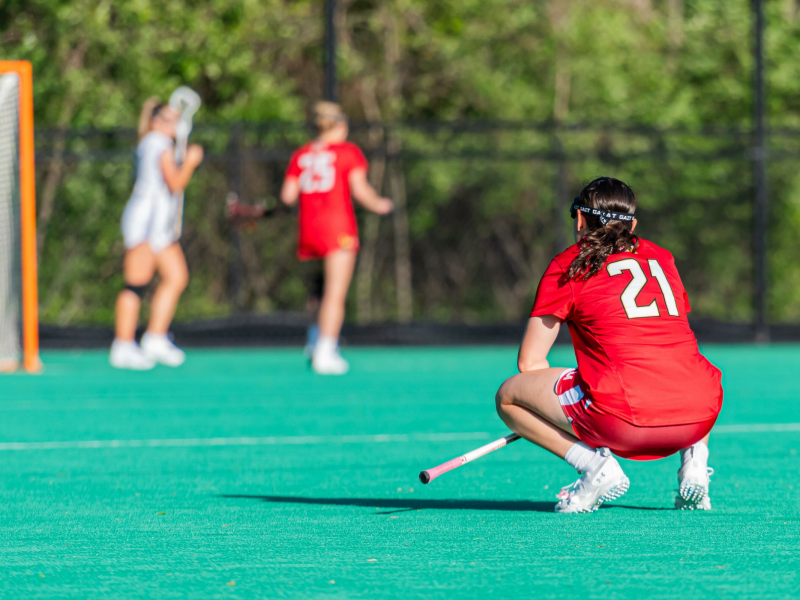It is fitting that just two days before a holiday that is associated with the genocide of Native American peoples — Thanksgiving — student activists renewed the push for a Native American studies program at this university.
Activists from the informal coalition known as the Native American Studies Working Group met with Provost Nariman Farvardin on Nov. 23 to discuss for the creation of more Native American studies courses, the hiring of more Native American faculty and staff and the formation of a Native American studies minor. Students in the meeting noted that this university offers only three courses that deal solely with Native American issues — down from the reported six that existed several years ago — and expressed discontent with the fact that Native American history and culture is often regarded at this university as something “that’s not relevant,” in the words of longtime advocate Natalia Cuadra-Saez, a senior classics and history major.
Despite their concerns, many of the activists left the meeting with Farvardin optimistic about the future. And based on what was said, that sentiment is not unwarranted. Indeed, Farvardin has stated that he is “quite supportive of developing a more robust set of courses in Native American studies.”
But such rhetoric does not cause this editorial board to share the optimism of many of the students from the Native American Studies Working Group.
Although Farvardin’s statements are encouraging, at the end of the day, they are merely words. And though this university may talk the talk when it comes to diversity in academia, they most certainly do not walk the walk.
After all, last year, university administrators threatened to eliminate two very popular classes that focus solely on Native American issues — Survey of American Indian Cultures and Native American Images in Film and Media — because of budgetary issues. And though this proposal to eliminate two-thirds of all classes dealing solely with Native American studies was stopped because of an outcry from the student body, the defeated proposal shows a blatant disregard for the importance of Native American studies within this university, no matter what the provost says. Furthermore, although students have asked for the development of a Native American studies minor since at least 2007, it has not materialized, even though, according to former Associate Provost of Academic Planning and Programs Phyllis Peres, it could be developed and implemented in “less than a semester” once a proposal had been developed.
Disregarding this university’s lack of support of Native American studies in the past, the process for developing programs centered around identity is notoriously slow at this university. Indeed, though it was first discussed in the late 1990s, the U.S. Latino/a studies minor took about a decade to be approved, finally getting an affirmative vote in the University Senate in spring 2008 following months of student protests and petitions. Oftentimes, the justification for postponing programs of this nature is a lack of funding. However, if key administrators desire to see a particular program established, it seems money and bureaucracy do little to hinder its progress. For example, it only took the senate a month in early 2010 to develop and approve an $85,000 proposal that created a Family Care Resource and Referral Service at this university.
Although Native Americans make up less than one percent of the population of this university, that does not mean that their history, their culture and their contemporary existence are unworthy of academic study. Quite the opposite: This reality makes Native American studies all the more important. Historically, Native Americans have been systematically oppressed and largely forgotten. Their small numbers in institutions of higher education (both as students and employees), politics and the media are merely products of this historic oppression — and are all the more reason to address these persisting issues. By engaging more fully in the rich field of Native American studies, this university and its students can fight to better understand a group of peoples that was almost eradicated. After all, Native Americans once were — and should always be — an integral component of this country.
So this editorial board urges university administrators to stop paying lip service to the notion of multiculturalism and instead respond to the voices of hundreds of university students and faculty. It is high time that a Native American studies program be created. Not in a year, not in two years, not in some undetermined amount of time, but now.


